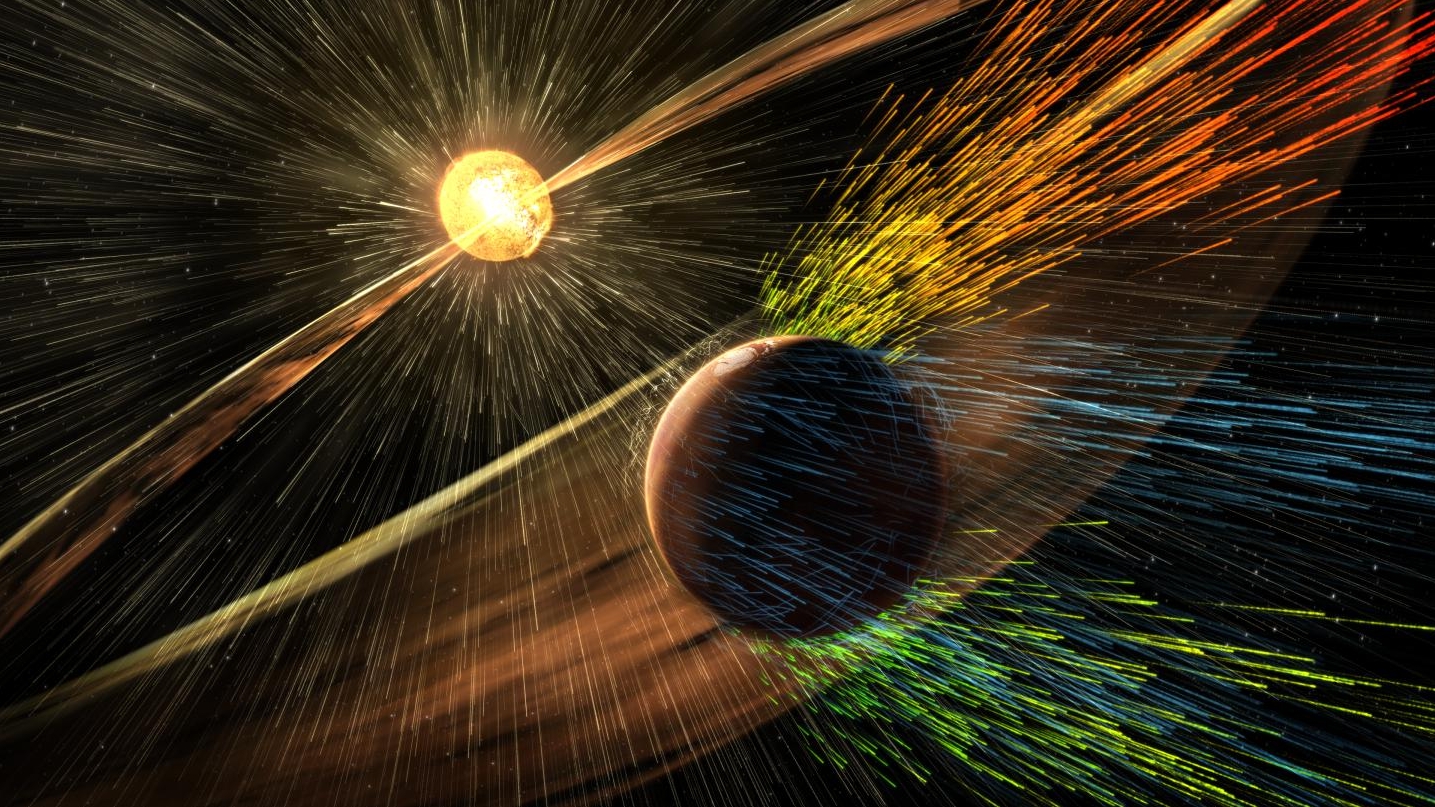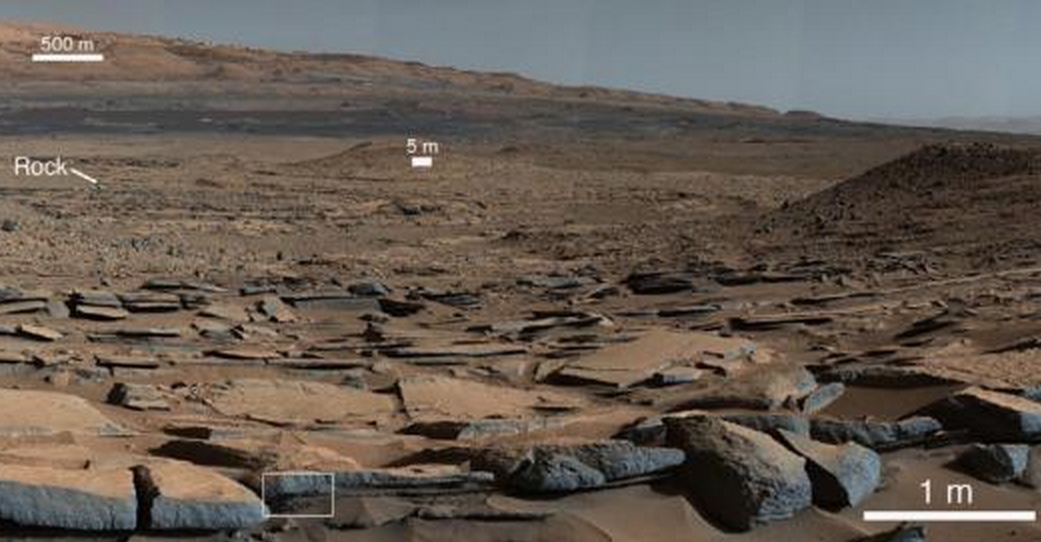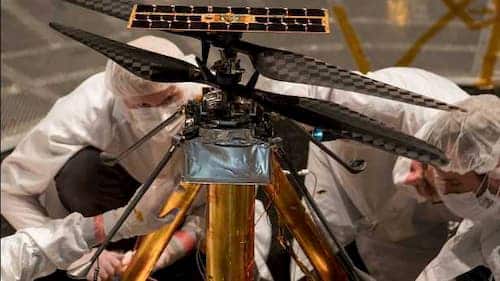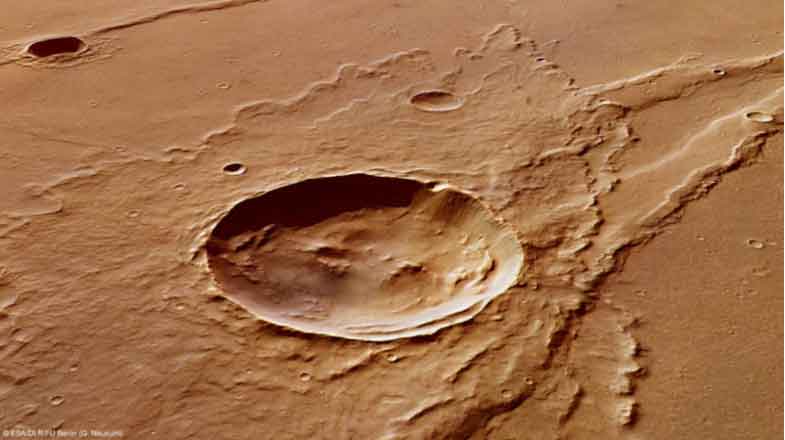
Mars may have been a wetter place than previously thought, according to research on simulated Martian meteorites conducted, in part, at the Department of Energy’s Lawrence Berkeley National Laboratory (Berkeley Lab).
In a study published today in the journal Nature Communications, researchers found evidence that a mineral found in Martian meteorites—which had been considered as proof of an ancient dry environment on Mars—may have originally been a hydrogen-containing mineral that could indicate a more water-rich history for the Red Planet.
Scientists at the University of Nevada, Las Vegas (UNLV), who led an international research team in the study, created a synthetic version of a hydrogen-containing mineral known as whitlockite.
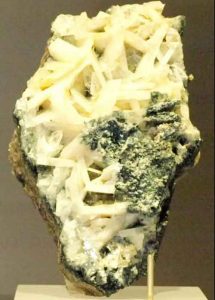
After shock-compression experiments on whitlockite samples that simulated the conditions of ejecting meteorites from Mars, the researchers studied their microscopic makeup with X-ray experiments at Berkeley Lab’s Advanced Light Source (ALS) and at Argonne National Laboratory’s Advanced Photon Source (APS).
The X-ray experiments showed that whitlockite can become dehydrated from such shocks, forming merrillite, a mineral that is commonly found in Martian meteorites but does not occur naturally on Earth.
“This is important for deducing how much water could have been on Mars, and whether the water was from Mars itself rather than comets or meteorites,” said Martin Kunz, a staff scientist at Berkeley Lab’s ALS who participated in X-ray studies of the shocked whitlockite samples.
“If even a part of merrillite had been whitlockite before, it changes the water budget of Mars dramatically,” said Oliver Tschauner, a professor of research in the Department of Geoscience at UNLV who co-led the study with Christopher Adcock, an assistant research professor at UNLV.
And because whitlockite can be dissolved in water and contains phosphorous, an essential element for life on Earth—and merrillite appears to be common to many Martian meteorites—the study could also have implications for the possibility of life on Mars.
“The overarching question here is about water on Mars and its early history on Mars: Had there ever been an environment that enabled a generation of life on Mars?” Tschauner said.[xyz-ihs snippet=”Adsense-responsive”]The pressures and temperatures generated in the shock experiments, while comparable to those of a meteorite impact, lasted for only about 100 billionths of a second, or about one-tenth to one-hundredth as long as an actual meteorite impact.
Pages: 1 2



